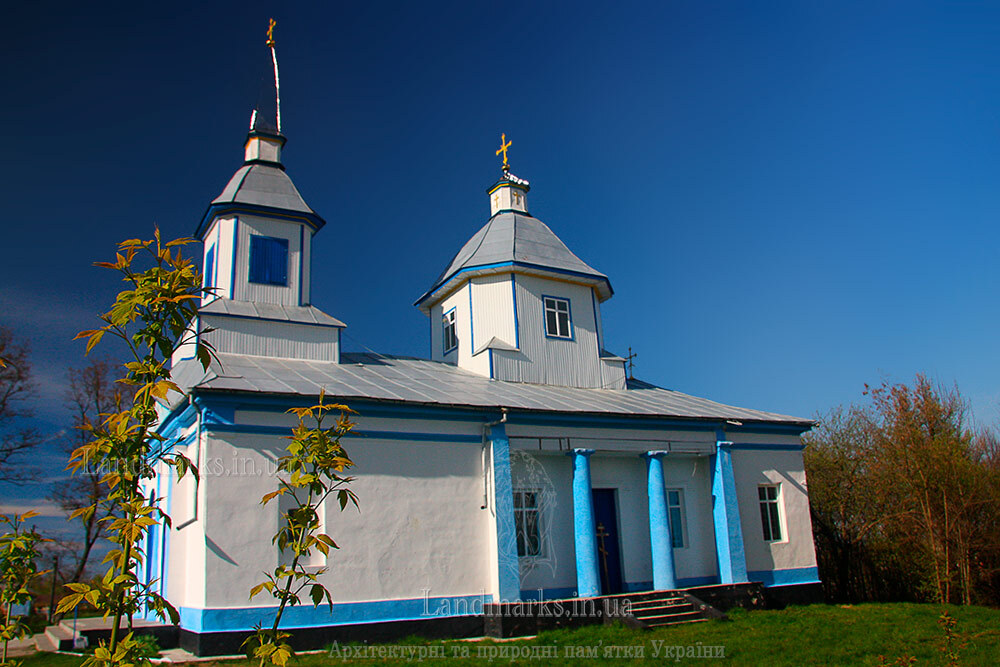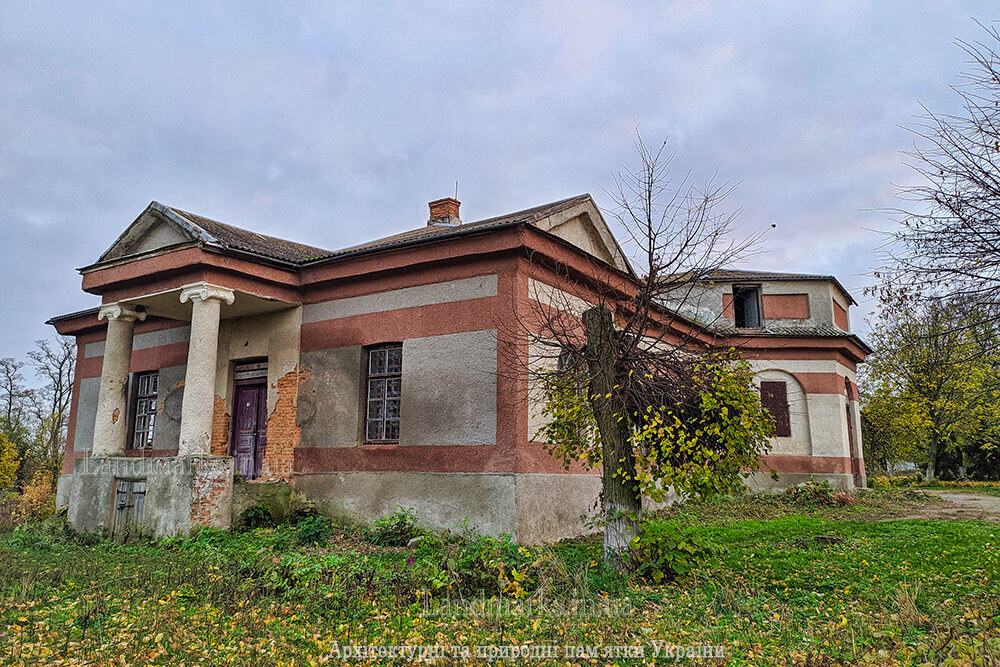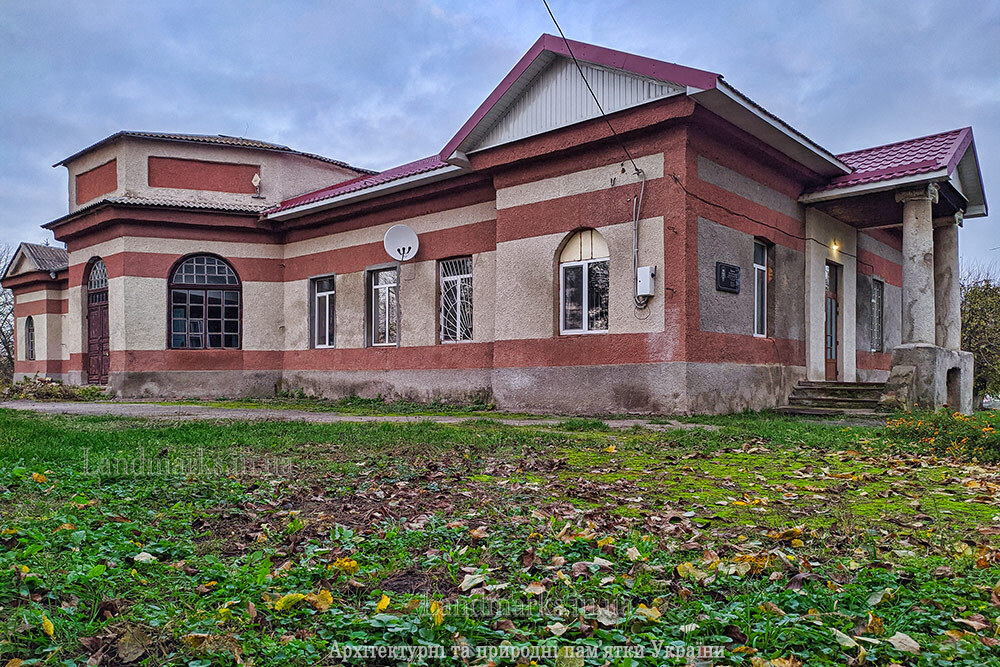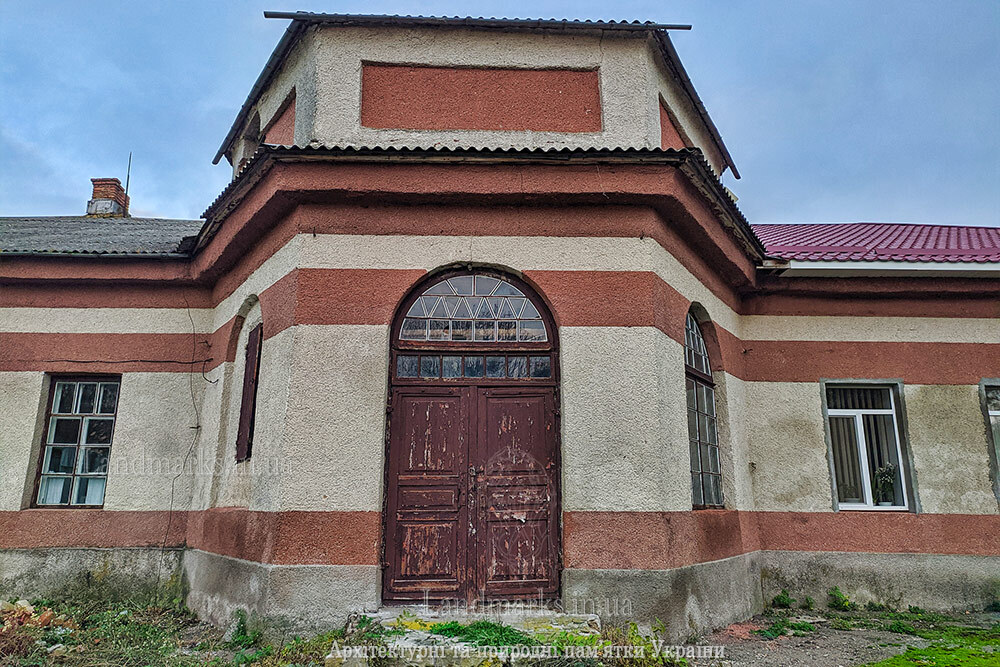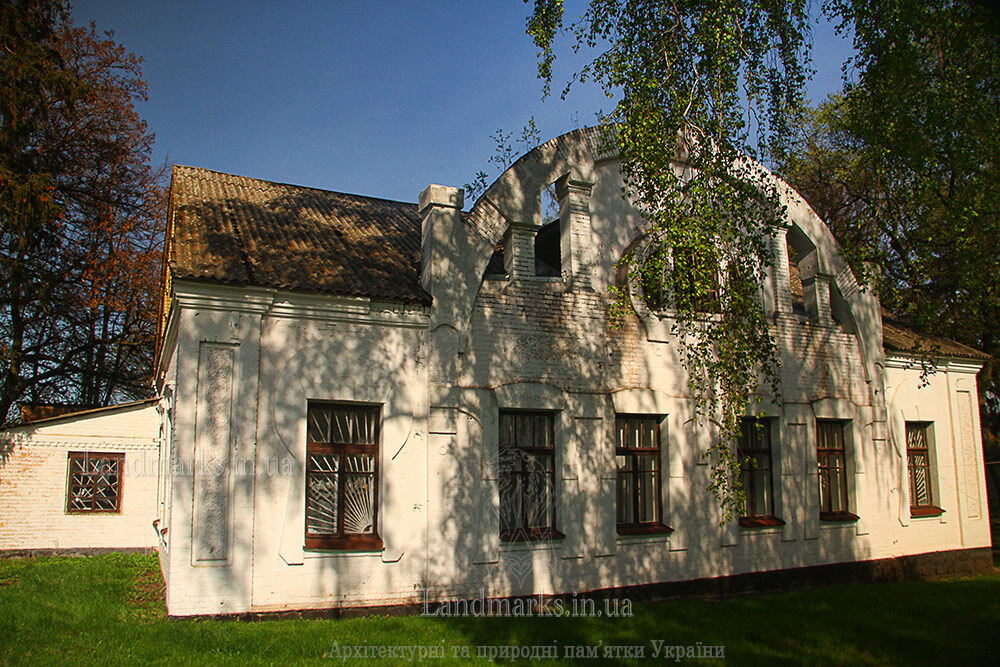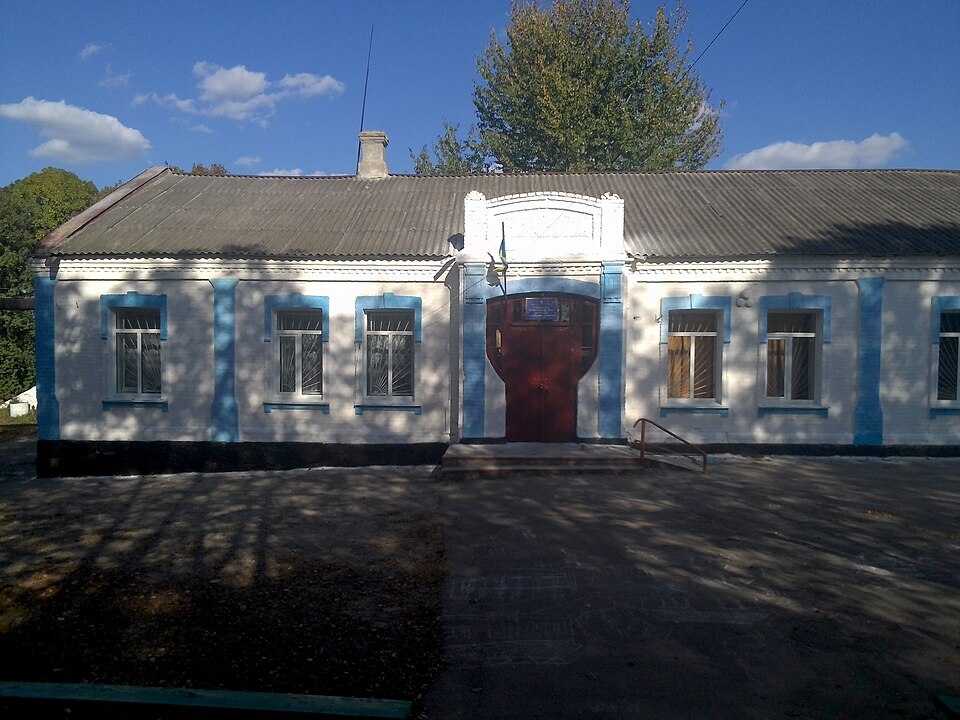 What is interesting to see in Nova Pryluky
What is interesting to see in Nova Pryluky
Historical and architectural sightseenss of Nova Pryluky::
- Holy Trinity Church
- Goyzhevsky's Palace
- The Heder building - a Jewish school
- The hospital complex
- The ruins of the old mill
- The monument of Nobel Prize winner Selman Vaxman, was born in Nova Pryluka
 Brief historical background
Brief historical background
Until the early 19th century, Stara Pryluka and Nova Pryluka together formed one town called Pryluka. It was first mentioned in the Ipatiev Chronicle in 1146, when Galician Prince Volodymyr Volodarevych fought against Kyiv Prince Vsevolod. Sources from the early 16th century indicate that the Zbarazky family were the owners of Pryluka.
In 1631, Pryluky passed into the possession of Marisa Bazylova-Zakharovskaya, the castellan of Bratslav.
In the first third of the 18th century, Pryluka was owned by Prince Joseph Montmorency de Bois
In 1780, the Novopryluky estate passed into the hands of Countess Honorata Kalinowska-Bedrzycka. During this same period, almost the all Jewish population of Stara Pryluky moved to Novopryluky. In the mid-19th century, Nova Pryluky belonged not only to the Bedrzycki family, but also to other Polish nobles: the Berezovskys, Bolsunovskys, Goizhevskys, Karskys, Pidvysotskys, and Savitskys.
At the end of the 19th century, the German landowner Mering became the landowner.
At the beginning of the 20th century, there were two smithies, 36 small shops, one grocery store, one manufactory, four straw cutters, two oil mills, four grain mills, one water mill on two posts, and two windmills in Nova Pryluky. The town had one Orthodox church, a Jewish synagogue, a parish school, a midwife, one pharmacy, and a fire station. In 1903, a one-class parish school was opened in Nova Pryluka, which was converted into a two-classes school in 1904.
The Holy Trinity Church
The Holy Trinity Church in Nova Pryluka was built in the early 19th century in the classical style. The church is located in the center of the village.
The church was built of brick, and a wooden bell tower with a spire was placed above the narthex. The walls feature oil paintings from the late 19th century.
From the book ‘Tales of Populated Areas of the Kiev Province’ (1864), we learn that there was both a Catholic church and a wooden church in Nova Pryluky. Interestingly, at the end of the 19th century, there was only one church, and it was Orthodox, and one synagogue in the village. What happened? The Catholic church was started by the landowner Borzhensky, but he died, leaving the church unfinished. It was then converted into an Orthodox church, which is why the upper part of the building is foreign in style — wooden. What happened to the old wooden church is unknown; perhaps it collapsed or burned down.
On the internet, you can find two names for Saint Paraskeva and Holy Trinity. On the pediment of the church, we can see an image of the Holy Trinity. Here's a hint.
Gojzewski Palace
The single-storey palace of the Goizhevskys is hidden under a layer of cement, but it does not look very presentable due to its neglect. This small palace, or rather a manor house, was built in the mid-19th century in the classical style. The side entrances are decorated with Ionic columns.
During the Soviet era, the building housed various institutions: first the office of the local collective farm, then a cultural centre, a shop, and even a pioneer room. As far as I understand, the premises of the former manor house are currently not in use.
It is now difficult to imagine that there used to be a park around the palace, stretching to the floodplain of the Desna River.
Zemstvo Hospital
In 1912, a complex of Art Nouveau buildings for a zemstvo hospital was constructed in Nova Pryluky. Today, this cultural heritage site houses the Turbiv City Hospital. The buildings are in use and maintained in good condition.
You can learn about Zemstvo here >>
Cheder - jew traditional primary school
At the beginning of the 20th century, there was a Jewish school, or cheder, operating next to the synagogue, where, incidentally, future Nobel Prize winner Selman Waksman studied. He was the scientist who created a cure for tuberculosis, studied.
Today, the cheder building houses a primary and secondary school, which had more than a hundred pupils before Russia's invasion of Ukraine in 2022.
Famous people
In 1888, Zalman Avrahamovich Waksman, a world-renowned microbiologist and winner of the 1952 Nobel Prize for the discovery of streptomycin, was born in Nova Pryluky. From 1915, he lived and worked in the United States.
Nova Pryluky is the birthplace of David Mikhailovich Chizhikov, a Soviet metallurgist and one of the founders of Soviet non-ferrous metallurgy. His main works are devoted to the development of the theory and technology of new processes for obtaining non-ferrous and rare metals. He is the author of 30 inventions.
Valery Isaakovich Khait, a Ukrainian Russian-speaking playwright, journalist, poet, prose writer, editor, satirist, and TV presenter, comes from Nova Pryluky.
Ukrainian artist and writer Fedir Vasylovych Panchuk taught at the school in Nova Pryluky.
Photo and text by Landmarks.in.ua
If you see that the information on this page is inaccurate or incomplete, then you know more. So help us out and share your knowledge. Write a letter with clarifications, comments, or interesting facts about this place to адресу:landmarks.in.ua@ukr.net If you see spelling mistakes or typos, please write to me as well — I will correct them.
Please respect my work. Do not steal photos or texts.
